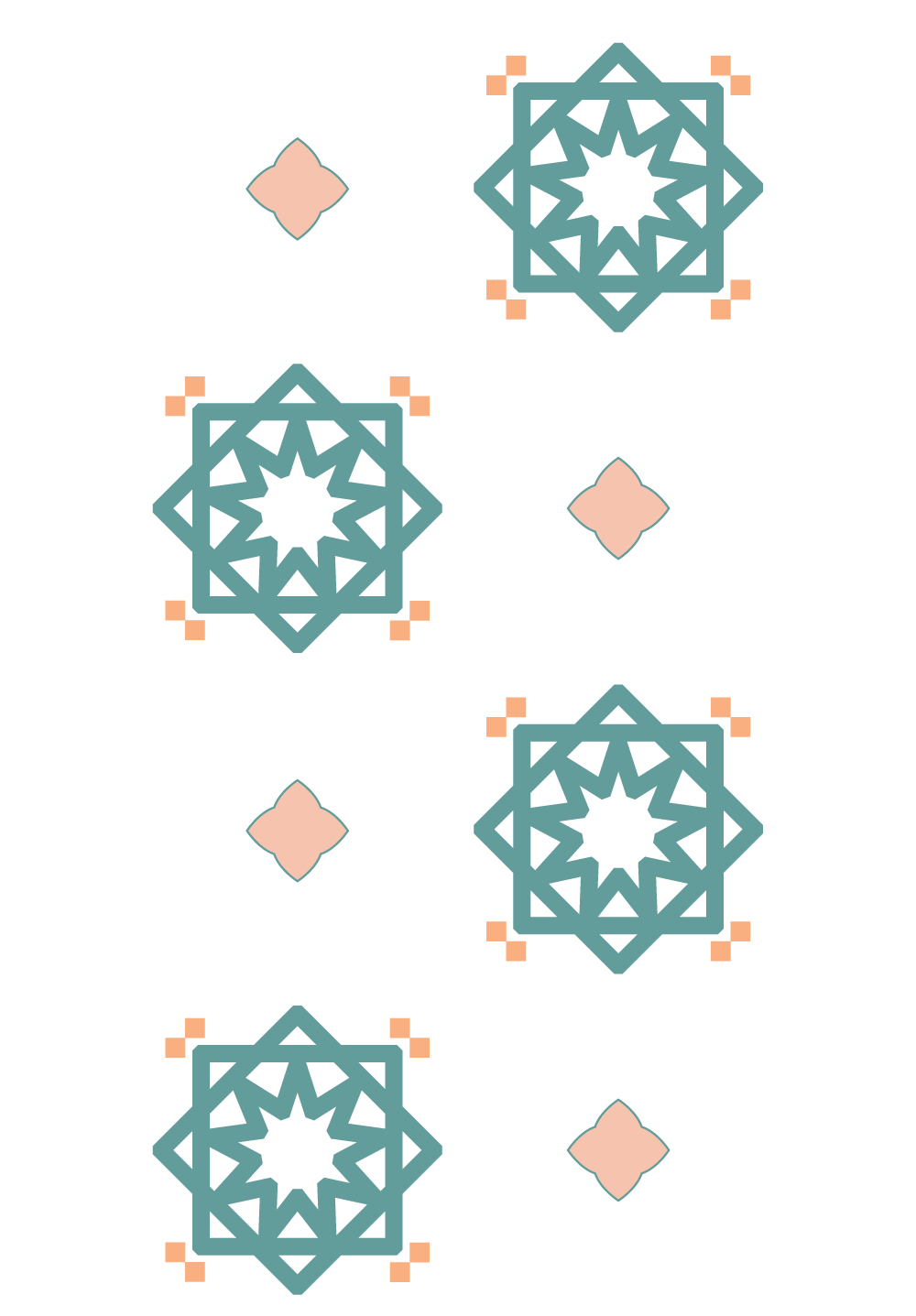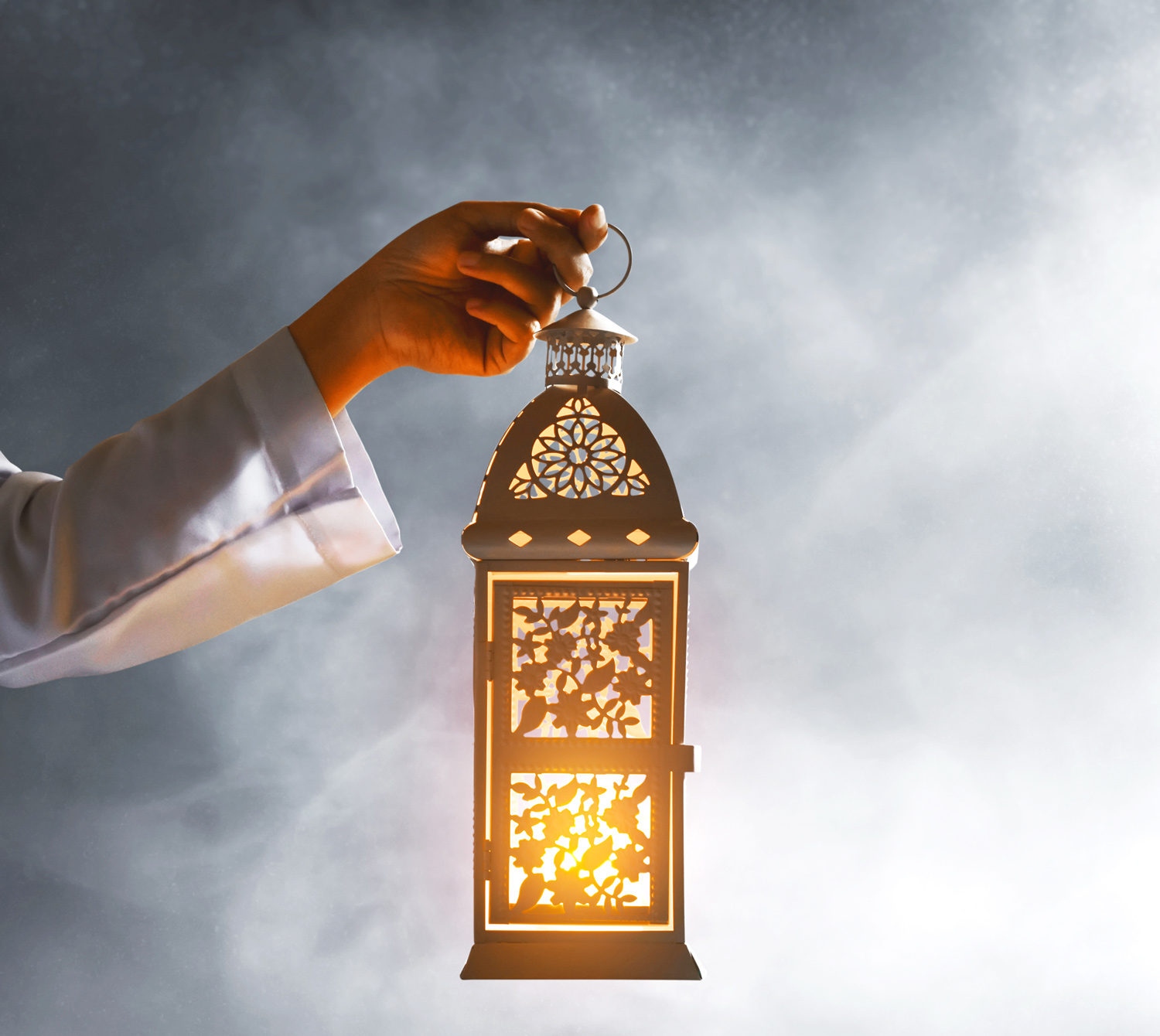


The Ramadan lantern (‘Fanous’ in Arabic) is a worldwide symbol used to welcome the Holy Month of Ramadan all over Arab countries, especially in Egypt where the tradition may have originated. There are many different stories about the creation of Ramadan lanterns, but these stories generally agree that this tradition started during the era of the Fatimid state in Cairo. Let’s read more about these different stories…
People used lanterns in the past to light up their way at night, long before inventing electricity. Lanterns were used at first as a safety tool for women who was staying outside their homes late at night during Ramadan for prayer, and to gather around an elderly story-teller woman, so the Fatimid Caliph ‘Al Hakim bi-Amr Allah’, ordered women not to leave their houses at night unless accompanied by a boy carrying a lantern, to let people know that there is a woman walking in the street for their safety. He also ordered policemen to carry lanterns during their nightly patrols and to hang lanterns at entrances of the ‘Haras’ (neighbourhoods), above the mosques’ doors, and in front of shops at night, imposing fines on those who failed to do so. This led to a boom in the lantern business and to the appearance of many new colourful shapes and sizes.
But Ramadan lanterns became a true Ramadan symbol a thousand years ago, when Egyptians were expecting the arrival of Al-Mu'izz li-Din Allah, the Caliph (a chief Muslim civil and religious ruler), who arrived on the first day of Ramadan. The military commander at that time, named Gawhar Al Siqilli asked the city’s residents to hold candles to ensure the path would be lit for the Caliph when he arrived. In order to make sure the candles would not go out, the people of the city shielded the candles by placing them in handmade lanterns made of paper and leather, that the Caliph would come to admire. People then felt happy to be able to please their Caliph, so they created this tradition to welcome the Holy Month of Ramadan by creating lanterns in many colours, shapes and sizes. This tradition extended later among all Arab countries, then it expanded all over the world, as a tool for people to show their happiness about the arrival of the Holy Month, illuminating the streets with a beautiful range of light and colours that creates a warm, sophisticated, and magical atmosphere.